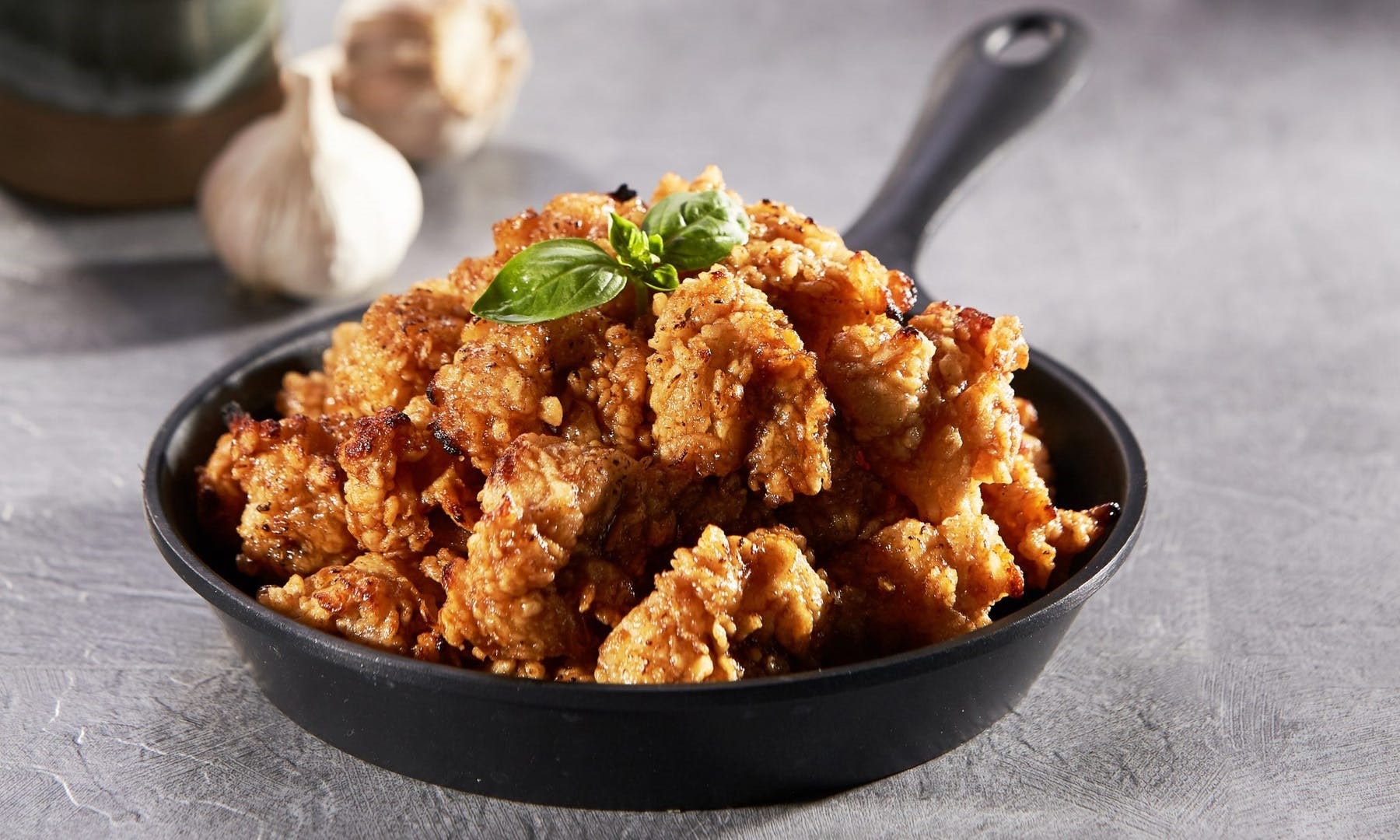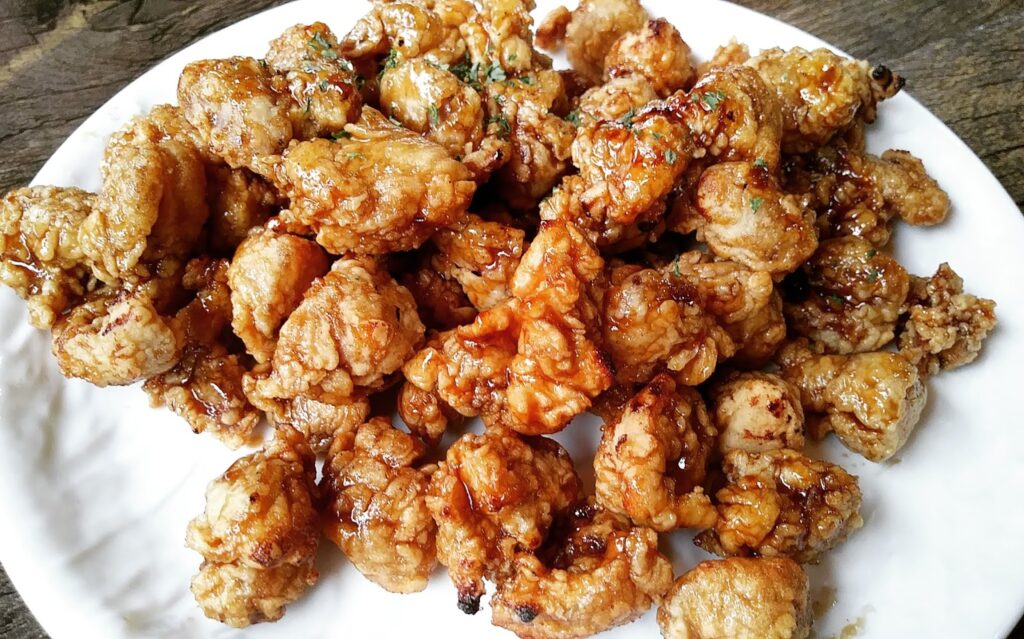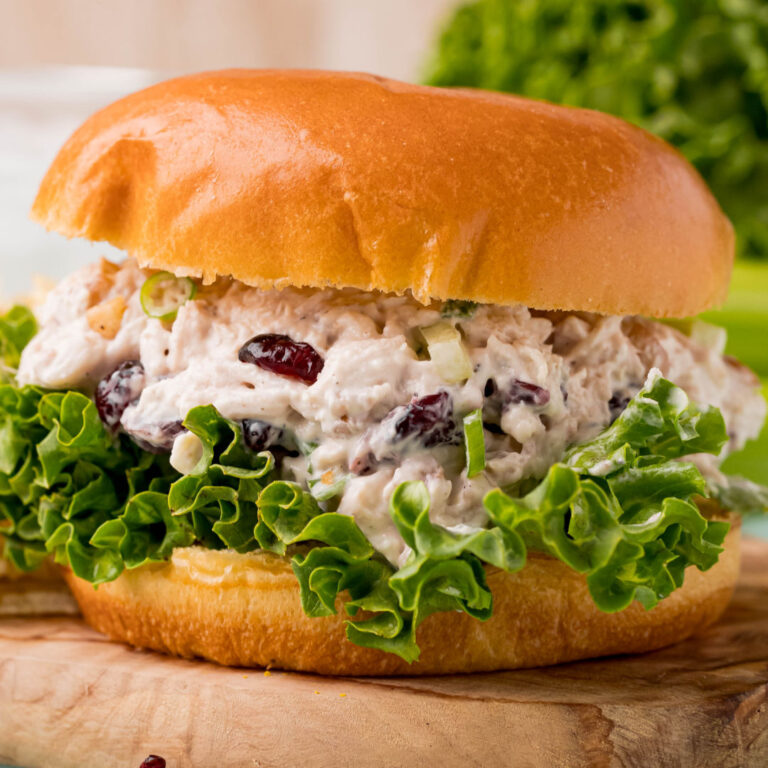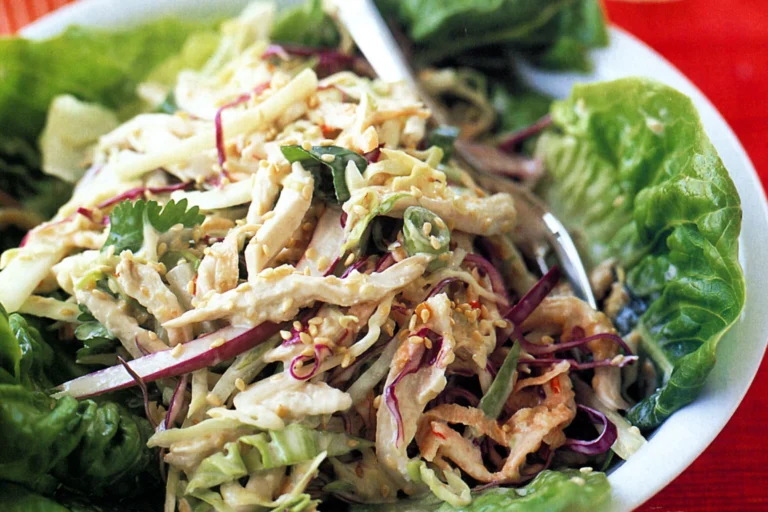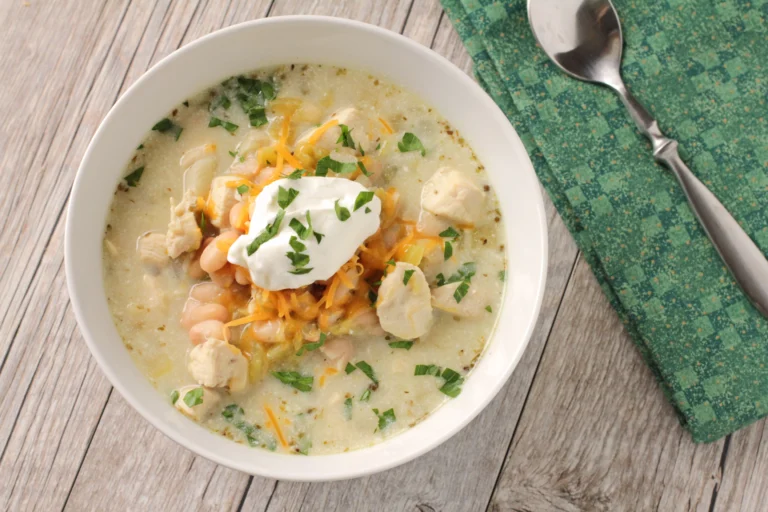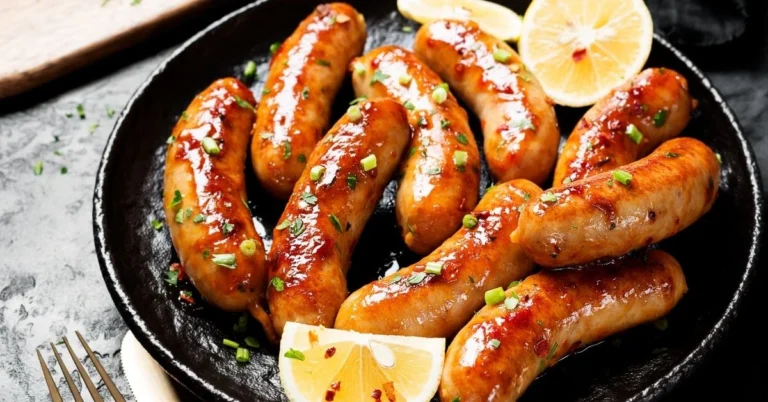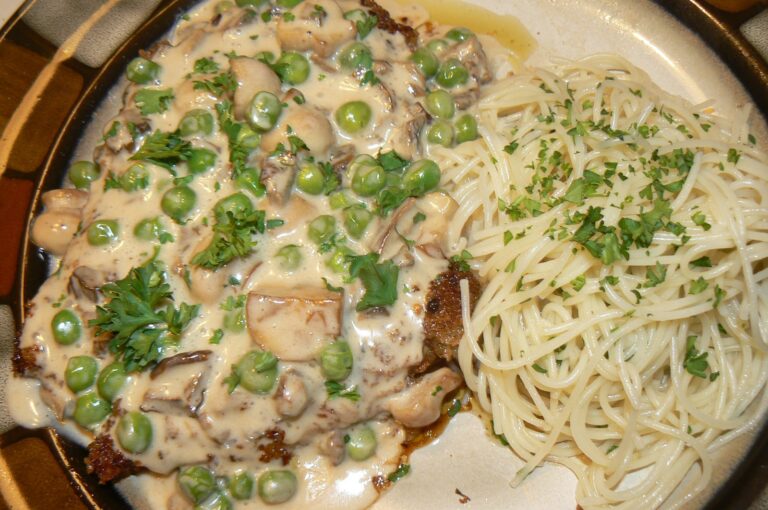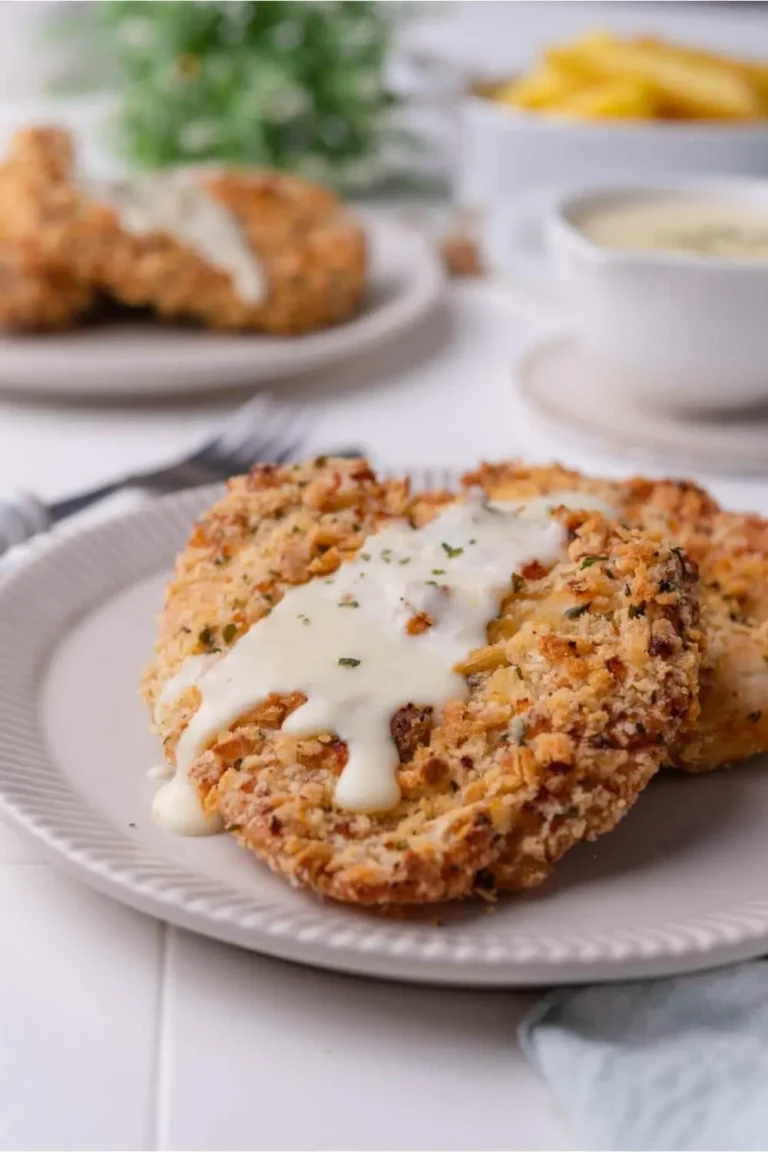Chicken Lips Recipe
In the realm of culinary curiosities, few dishes stand out as uniquely intriguing as chicken lips. These morsels of poultry intrigue and captivate the adventurous gastronomes, offering a glimpse into the diverse world of global cuisine. Despite their name, chicken lips offer a culinary experience far more nuanced than one might initially assume. In this exploration, we delve into the world of chicken lips, examining their cultural significance, potential health considerations, and the various ways they are enjoyed around the world.
Contents
Cultural Significance
Chicken lips, though an uncommon dish in many cultures, hold special importance in regions where they are considered a delicacy. Their consumption can carry cultural significance, often featuring in traditional dishes that showcase the creativity and resourcefulness of a particular community. From street food stalls to upscale restaurants, chicken lips have found a place on menus, representing the rich tapestry of global culinary diversity.
Culinary Diversity
The preparation and presentation of chicken lips vary across cultures and cuisines. These bite-sized morsels can be found in a myriad of dishes, from spicy stir-fries to savory stews. In some cuisines, they are deep-fried to achieve a crispy texture, while in others, they are slow-cooked to tender perfection. Their versatility in various culinary contexts highlights their adaptability to different flavors and cooking techniques.
Flavor Profile
Contrary to their name, chicken lips offer a unique flavor profile that transcends the simplicity of poultry. Depending on the preparation and accompanying seasonings, they can range from savory and umami-rich to mildly spicy or even tangy. The tender, juicy meat often surprises those who might expect a tougher texture due to the anatomical location.
Health Considerations
Like any food, chicken lips raise certain health considerations. While they are a source of protein and can contribute to a balanced diet, it’s essential to be mindful of potential dietary restrictions or allergies. As with any meat product, proper cooking and hygiene are crucial to avoid foodborne illnesses. While enjoying chicken lips as part of an adventurous culinary journey, it’s advisable to maintain moderation and consult with a healthcare professional if you have specific health concerns.
Global Appeal
Chicken lips have garnered attention not only for their unusual name but also for their ability to connect people through shared experiences. Enthusiasts and curious diners alike have embraced these delicacies, often sharing their culinary encounters on social media platforms. This global appeal underscores the power of food in uniting cultures and promoting a sense of community.
Chicken Lips Recipe
4
15
minutes20
350
kcalIngredients
1 pound chicken lips
½ cup buttermilk
1 cup all-purpose flour
1 teaspoon paprika
½ teaspoon garlic powder
Salt and pepper to taste
Cooking oil for frying
Directions
- Place chicken lips in a bowl, pour buttermilk over them, and let them marinate for 20 minutes.
- In a separate bowl, mix flour, paprika, garlic powder, salt, and pepper.
- Remove chicken lips from buttermilk, allowing excess to drip off, and coat them evenly with the flour mixture.
- Heat cooking oil to 350°F (175°C) in a deep fryer or large skillet.
- Fry chicken lips in batches for about 4-5 minutes, until they're golden brown and crispy. Drain on paper towels.
How to Prepare:
Start by marinating the chicken lips in buttermilk to ensure tenderness. Coating them with the seasoned flour mixture adds a flavorful crunch. Deep-fry until they’re gorgeously crispy and ready to tantalise your taste buds.
Nutritional Content
- Calories: Approximately 300-350 calories per serving
- Protein: Approximately 20-25 grams per serving
- Carbohydrates: Approximately 20-30 grams per serving
- Fat: Approximately 15-20 grams per serving
FAQs About Chicken Lips
Q1: Are chicken lips actually lips?
Chicken lips do not solely comprise the anatomical lips of a chicken. The term refers to a small, flavorful piece of meat that comes from the facial area of the bird.
Q2: Which cuisines are known for using chicken lips?
Chicken lips appear in various cuisines around the world, including parts of Asia, Latin America, and Africa. They are especially prominent in street food scenes and traditional dishes.
Q3: Are chicken lips safe to eat?
Yes, chicken lips are safe to eat when cooked properly, just like any other meat product. It’s crucial to ensure proper hygiene and cooking techniques to prevent foodborne illnesses.
Q4: How do I incorporate chicken lips into my cooking?
Chicken lips can be used in a range of dishes, from soups and stews to stir-fries and appetisers. Their adaptability allows for creative culinary experimentation.
Q5: Are chicken lips environmentally sustainable?
The sustainability of chicken lips, like any food product, depends on factors such as sourcing, farming practices, and environmental impact. It’s important to consider ethical and sustainable sourcing when choosing to consume such delicacies.
Can I Use the Air Fryer to Make Chicken Lips Using the Taiwanese Popcorn Chicken Recipe?
The tasty air fryer taiwanese popcorn chicken recipe offers a unique twist to traditional fried chicken. With the convenience of an air fryer, you can achieve crispy and flavorful chicken lips that are reminiscent of the popular Taiwanese street food. Give this recipe a try and enjoy a delicious snack that will undoubtedly satisfy your cravings for a crunchy and savory treat.
Conclusion
Chicken lips, though shrouded in an air of novelty, transcend their name to offer a unique and diverse culinary experience. From their cultural significance to their myriad preparations, these bite-sized gems exemplify the global interconnectedness of food and its ability to bridge cultures and ignite culinary exploration. As adventurous palates seek out these delectable treats, it’s important to approach them with an open mind, an awareness of cultural context, and a commitment to responsible consumption.
